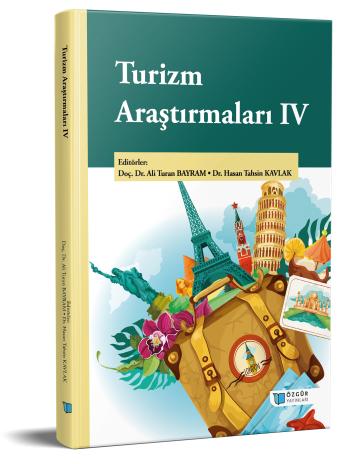
Gastronomy Tourism and Healthy Alternatives: A Review on Macarons with Gilaburu Fruit Seeds
Chapter from the book:
Bayram,
A.
T.
&
Kavlak,
H.
T.
(eds.)
2024.
Researches on Tourism IV.
Synopsis
This study aims to produce innovative macarons using gilaburu (Viburnum opulus L.) fruit, a product specific to the Central Anatolia Region of Turkey, and to integrate these products with gastronomy tourism. Gilaburu seed flour and marmalade have an important place in terms of evaluating local gastronomy products. Using local products in this way can contribute to the promotion of the region both nationally and internationally while strengthening its gastronomy identity.
In macaron production, gilaburu seed flour and powdered almond flour (100%, 50%, 0%) were used as substitutes and their sensory properties were examined. Within the scope of the study, sensory properties such as flavor, consistency, odor and general liking as well as chemical compositions of the products were evaluated with texture, protein and sugar analyses. The survey results were analyzed in SPSS 22.0 program. According to the results of the study, K2 experiment containing 50% powdered almond flour and 50% gilaburu seed flour was the most liked product in terms of taste, flavor and visuality. In chemical analysis, K2 had a hard and dense structure, while K3 experiment showed softer and lower chewiness properties. K1 experiment exhibited a balanced structure to other products in terms of elasticity and durability.
This study revealed that macarons prepared with gilaburu seed flour and marmalade gained consumer appreciation by offering healthy content and that local gastronomy products could be integrated into gastronomy tourism with innovative approaches.

